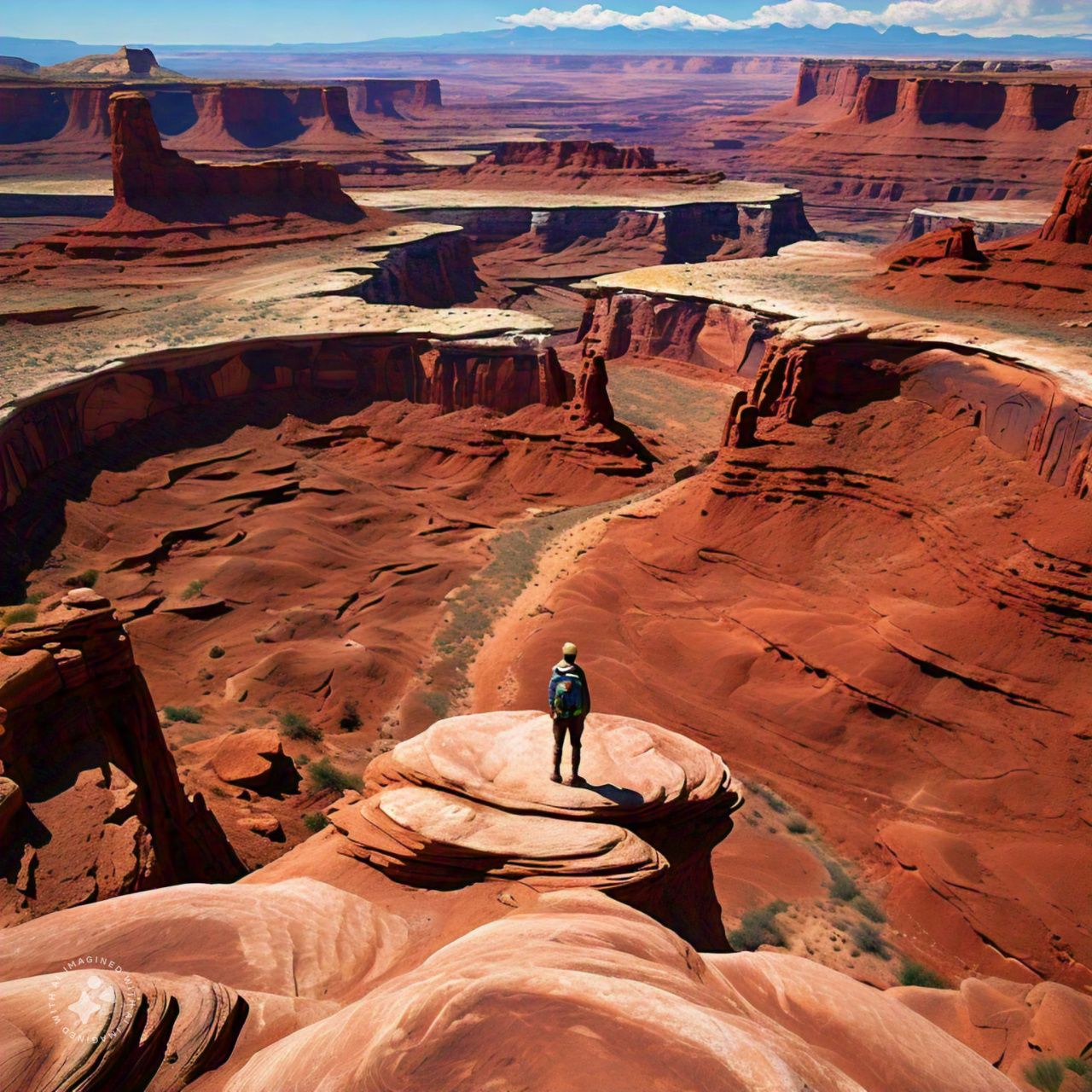Canyonlands National Park, located in the heart of Utah, is a geological wonderland that has captivated the imagination of scientists, explorers, and nature enthusiasts for centuries. This vast and rugged landscape is a testament to the incredible diversity and complexity of the Earth’s geological history. In this article, we will delve into the fascinating geological features of Canyonlands National Park and explore the secrets that lie within its ancient rocks.
The Geological History of Canyonlands
Canyonlands National Park is situated in the Colorado Plateau, a region that has been shaped by millions of years of tectonic activity, erosion, and deposition. The park’s geological history dates back to the Paleozoic Era, over 300 million years ago, when the area was part of a vast sea. Over time, sediments accumulated, and the sea receded, leaving behind a legacy of sandstone, shale, and limestone formations.
The Mesas and Canyons
One of the most striking features of Canyonlands is its mesas and canyons. These towering sandstone formations have been carved out by the relentless forces of erosion, creating a maze of deep canyons and towering cliffs. The most prominent mesa in the park is the Island in the Sky, which offers breathtaking views of the surrounding landscape.
The Needles and The Maze
The Needles district of Canyonlands is characterized by its unique rock formations, which resemble a forest of colorful needles. This area is a haven for hikers and rock climbers, who come to explore the park’s most iconic landmarks, such as the Chesler Park and the Devil’s Pocket. The Maze district, on the other hand, is a labyrinth of canyons and ridges that require expert navigation and backcountry skills to explore.
The Rivers and Waterways
Canyonlands National Park is home to two major rivers, the Colorado and the Green, which have played a crucial role in shaping the park’s ge
